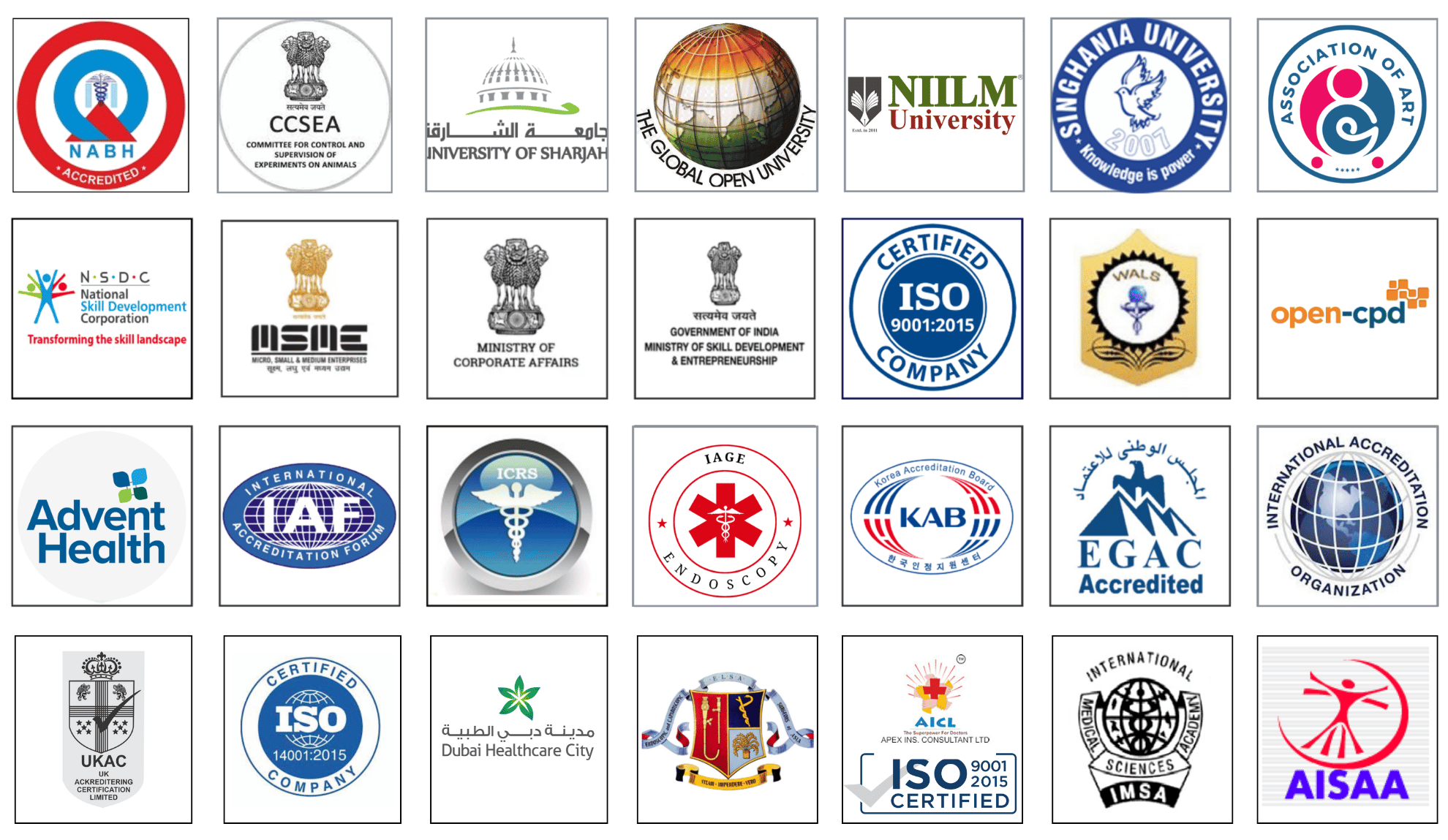Giant Gallbladder: Overcoming Challenges in Open Surgery – WALS 2025 Case Report
Giant Gallbladder: Overcoming Challenges in Open Surgery – WALS 2025 Case Report
The gallbladder, a small pear-shaped organ nestled beneath the liver, is rarely the subject of dramatic surgical tales. However, in rare instances, it can present as a "giant"—an anomaly so large that it defies standard surgical approaches and tests the limits of a surgeon’s skill and adaptability. This essay, presented as a case report for the World Association of Laparoscopic Surgeons (WALS) 2025 conference, explores the unique challenges encountered during an open surgical procedure to remove a giant gallbladder, the strategies employed to overcome them, and the implications for future practice in an era increasingly dominated by minimally invasive techniques.
Case Background
In early 2025, a 58-year-old male patient presented to our tertiary care center with complaints of persistent right upper quadrant pain, nausea, and a palpable abdominal mass. Imaging studies, including an enhanced CT scan, revealed a massively distended gallbladder measuring 22 cm in length and 12 cm in width—far exceeding the typical dimensions of 7-10 cm in length and 4 cm in width. The organ was filled with a combination of sludge, gallstones, and what appeared to be a chronic empyema, likely secondary to untreated cholecystitis over years. Complicating the case were dense adhesions to the liver, duodenum, and omentum, as well as a history of multiple abdominal surgeries, rendering laparoscopic surgery unfeasible. Thus, the decision was made to proceed with an open cholecystectomy.
Challenges in Open Surgery
The sheer size of the gallbladder posed immediate logistical and technical difficulties. First, exposure was a significant hurdle. A standard subcostal incision proved inadequate, necessitating an extended right subcostal approach with a midline extension—a maneuver that risked increased postoperative pain and wound complications. The organ’s size also obscured anatomical landmarks, making it difficult to identify the cystic duct and artery within Calot’s triangle, a critical step to prevent bile duct injury—one of the most feared complications in cholecystectomy.
Second, the gallbladder’s weight and fragility added complexity. Estimated at over 1.5 kg when filled, it was prone to rupture during manipulation, risking spillage of infected contents into the peritoneal cavity. The adhesions further compounded this risk, as dissection required meticulous separation from surrounding structures without compromising their integrity. Finally, the patient’s comorbidities—diabetes and hypertension—elevated the stakes, demanding a balance between speed and precision to minimize operative time and blood loss.
Overcoming the Obstacles
The surgical team employed several innovative strategies to address these challenges. Preoperative planning was enhanced with 3D reconstruction imaging, a technology increasingly accessible by 2025, which provided a detailed roadmap of the gallbladder’s relationship to adjacent structures. This allowed for a tailored incision plan and anticipation of adhesion sites. Intraoperatively, a harmonic scalpel was used to dissect adhesions with minimal bleeding, while a combination of blunt and sharp dissection preserved the integrity of the liver bed and duodenum.
To manage the gallbladder’s size, controlled decompression was performed. After isolating the fundus, a large-bore needle aspirated 800 mL of purulent fluid under suction, reducing tension and facilitating safer mobilization. This step, while risking contamination, was mitigated by copious irrigation and prophylactic antibiotics tailored to preoperative cultures. The cystic duct, obscured by inflammation, was identified using intraoperative ultrasound—a tool that, by 2025, had become standard in complex open cases—ensuring safe ligation without injury to the common bile duct.
Outcomes and Reflections
The procedure, lasting 4.5 hours, was successful, with the giant gallbladder removed intact save for the controlled decompression. Histopathology confirmed chronic cholecystitis with a thickened wall and multiple cholesterol stones, consistent with the imaging findings. The patient recovered uneventfully, discharged on postoperative day 7 after managing a minor wound infection—a testament to the trade-offs of open surgery in such cases.
This case underscores the enduring relevance of open surgical techniques in an era where laparoscopy dominates. While minimally invasive approaches offer reduced recovery time and scarring, they are not universally applicable. The giant gallbladder, with its size, adhesions, and inflammatory burden, demanded the tactile feedback and direct visualization only open surgery could provide. Yet, it also highlighted the integration of modern tools—3D imaging, harmonic scalpels, and intraoperative ultrasound—into traditional methods, suggesting a hybrid future for surgical practice.
Implications for WALS 2025 and Beyond
As we present this case at WALS 2025, several lessons emerge. First, surgical training must continue to emphasize open techniques alongside laparoscopy, preparing surgeons for rare but inevitable anomalies. Second, advancements in imaging and instrumentation can bridge the gap between open and minimally invasive approaches, enhancing safety and efficacy. Finally, the giant gallbladder serves as a reminder of the unpredictability of human anatomy and the need for adaptability—a quality that no technology can fully replace.
In conclusion, the successful management of this giant gallbladder through open surgery reflects both the challenges of such anomalies and the resilience of surgical innovation. As we move forward, cases like this will inform a balanced approach to abdominal surgery, ensuring that patients benefit from the best of both worlds—traditional skill and cutting-edge tools—tailored to the demands of the moment.
No comments posted...
| Older Post | Home | Newer Post |


